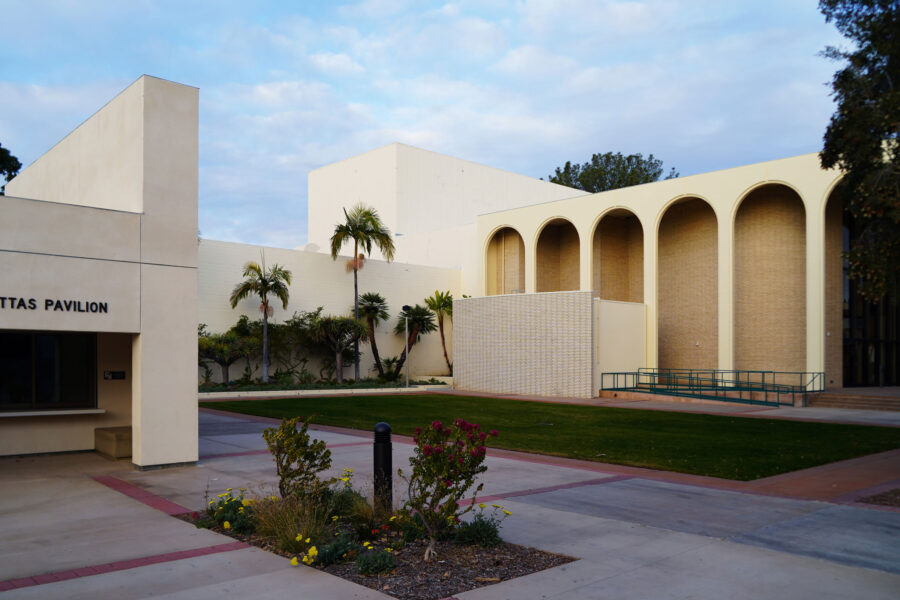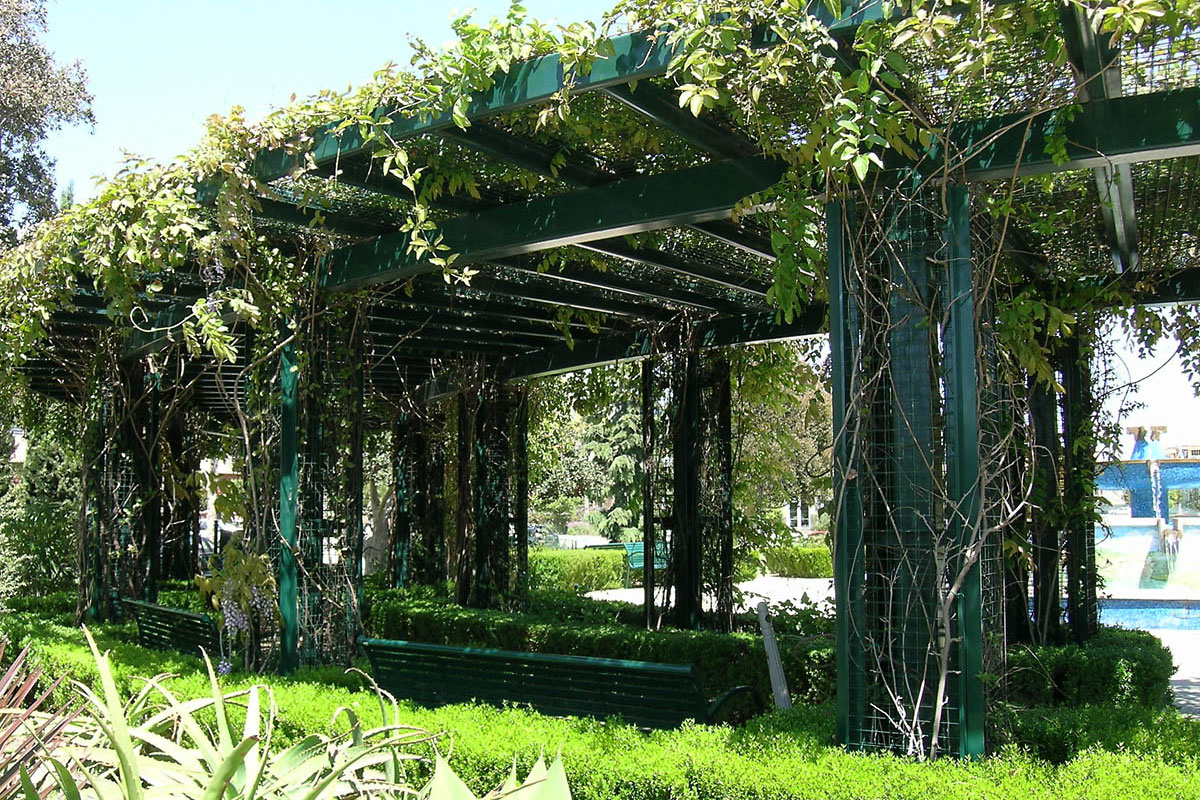Story at a glance:
- Carbon sequestration (CS) is the process of removing carbon from the atmosphere and storing it where it cannot escape.
- Biotic examples of carbon-sequestering architectural techniques include green roofs and vertical gardens.
- Other building-integrated CS methods include carbon-absorptive building materials and equipment.
As heat waves regularly engulf much of the planet due to rising carbon dioxide levels in the atmosphere, techniques to remove the excess carbon gain prominence as partial solutions to the climate crisis. One of these is building-integrated carbon sequestration (BICS).
Let’s explore three BICS methods which green designers and builders could implement in their work to lower atmospheric carbon.
What is Carbon Sequestration?
Carbon Sequestration (CS) is the process of capturing excess gaseous carbon dioxide from the atmosphere and storing it securely, especially in soil or certain carbon-absorptive materials.
CS has become popular in recent years as a climate crisis mitigation strategy because it captures the excessive anthropogenic carbon dioxide produced by the burning of fossil fuels in industry, transportation, and heating and cooling of indoor spaces. Since global carbon dioxide emissions continued to rise in 2023 over 2022 levels, according to a preliminary review by an international team of scientists, to 40.9 billion metric tons, mitigation is more important than ever.
3 Techniques of Carbon Sequestration
Researchers point to three types of building-integrated carbon sequestration (CS) that are useful in green building and design.
Biotic CS. As the most aesthetically pleasing form of carbon sequestration, biotic CS is characterized by an abundance of green plants in, on, and around structures. They may be growing on interior or exterior walls of buildings in a vertical greenery system (VGS) or on roofs. Another possibility takes the form of an algae facade composed of tubes of algae in a curtain.
Carbon-absorptive building materials. There are several natural materials that absorb carbon including alkaline earth metals, calcium and magnesium oxides, titanium dioxide, and solidia cement. A few research teams have explored this CS potential but so far nothing has been manufactured on a large scale.
This is changing with the work of Berlin-based architects Allison Dring and Daniel Schwaag, founders of Made of Air. Their first product used titanium dioxide on a plastic scaffold that could sequester atmospheric carbon. Several buildings around the world use this technology.
Unsatisfied with the virgin plastic needed for their invention, they experimented with bioplastics. Using biomass like agricultural waste or sawdust and heating it at high temperatures in the absence of oxygen, they formed carbon-negative biochar. Mixing it with a bioplastic created a carbon-absorptive materials that can be used as building facades or panels and sequester carbon from the air. Made of Air’s product is now available as filler, masterbatch, and particle boards.
Made of Air has no data on its website showing how much carbon could be sequestered from the atmosphere. In an interview for Material Lab they estimated that if only 10% of all building materials were made of carbon-negative material, roughly 3.6 gigatons of carbon could be captured from the air every year.
Smog-Capturing Equipment. A few companies have created prototypes of direct air capture (DAC) machines. They function as huge air filters that absorb smog and release cleaner air.
Green City Solutions has created a similar machine made of moss. Its appearance is similar to a vertical greenery system discussed above.
Examples of Carbon Sequestration in Green Building

Photo by David McCullough
Examples of enhancing carbon sequestration abound in green building and design. Here are a few examples.
San Diego State University
For the Don Powell Theatre renovation at San Diego State University, McCullough Landscape Architecture, working in tandem with HGA Architects, focused on biodiversity and four key areas of sustainable development when designing outdoor spaces surrounding the theater. They aimed to reduce urban heat island effects, increasing carbon storage, conserving water, and beautifying green infrastructure, also known as low-impact development (LID), according to Zeek Magallanes, studio team leader at McCullough Landscape Architecture. Their incorporation of large canopy trees and drought-resistant plants using peat-free amendments created a stunning outdoor space that beautified the stormwater detention basins around the theater.
Ronald McDonald House Charities Chicago
GreenScapes Green Roof by CETCO waterproofing covers the 7,000-square-foot roof on Ronald McDonald House Charities in Chicago.
“With our turnkey solutions, CETCO can provide everything from the plants and waterproofing to technical design and assistance, helping you create a unique green roof space,” Michael T. Kozak, vice president of building materials and environmental products for Minerals Technologies, previously told gb&d.
Whole Foods Chicago
“Direct green facades are attached to the wall from which the plants grow, while indirect green facades include a support structure for the plants that are offset from the wall,” says, Anna Zakrisson, cofounder and chief science officer of iimpcoll, in a previous article for gb&d about Whole Foods wall project in Chicago.
Zakrisson says plant trellis systems like those from greenscreen, are examples of indirect green facades that allow climbing plants to cover the wall without damaging the facade.




